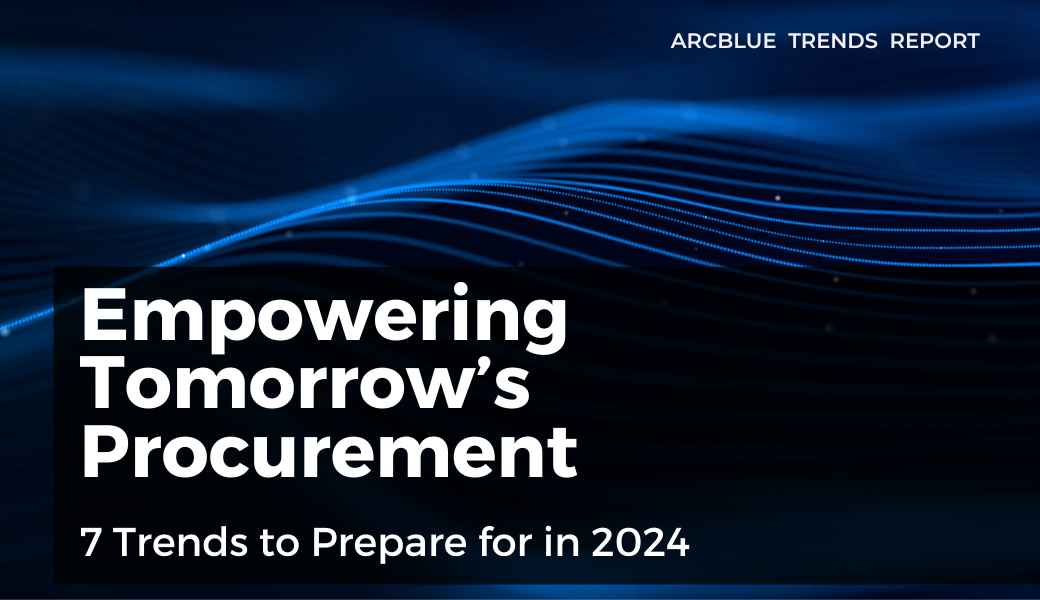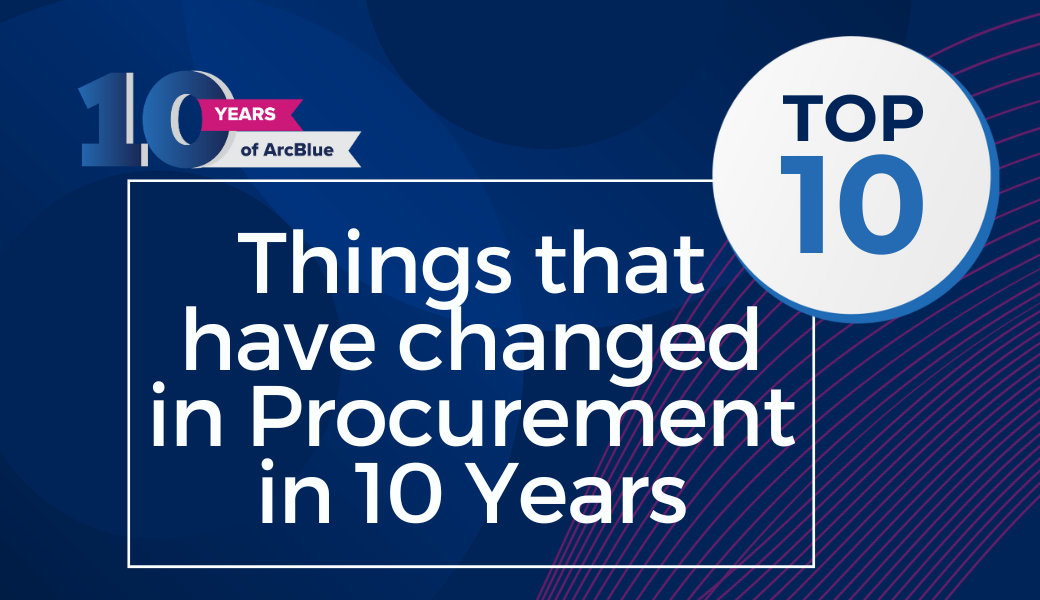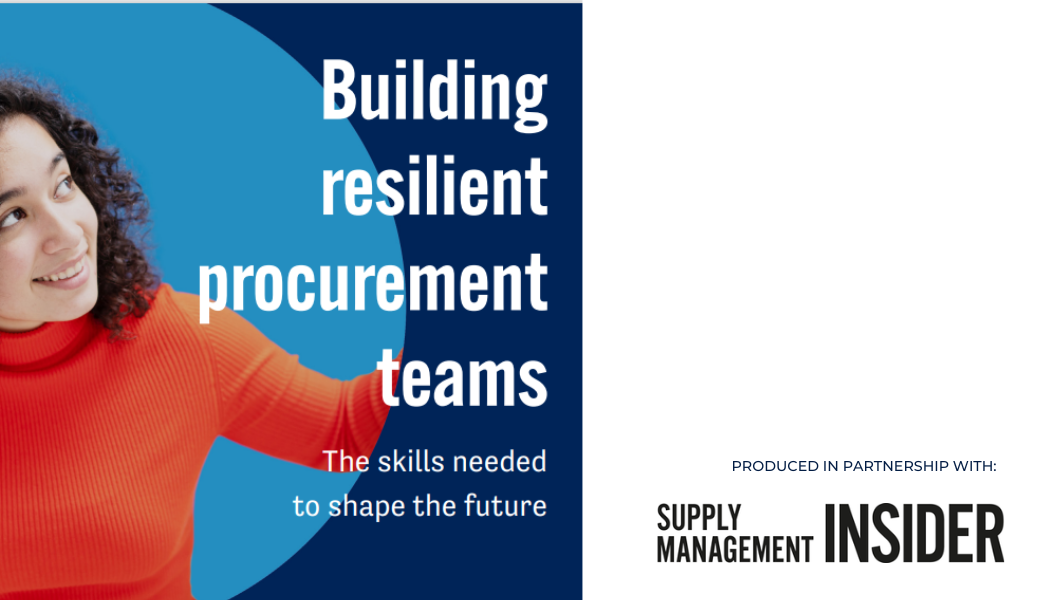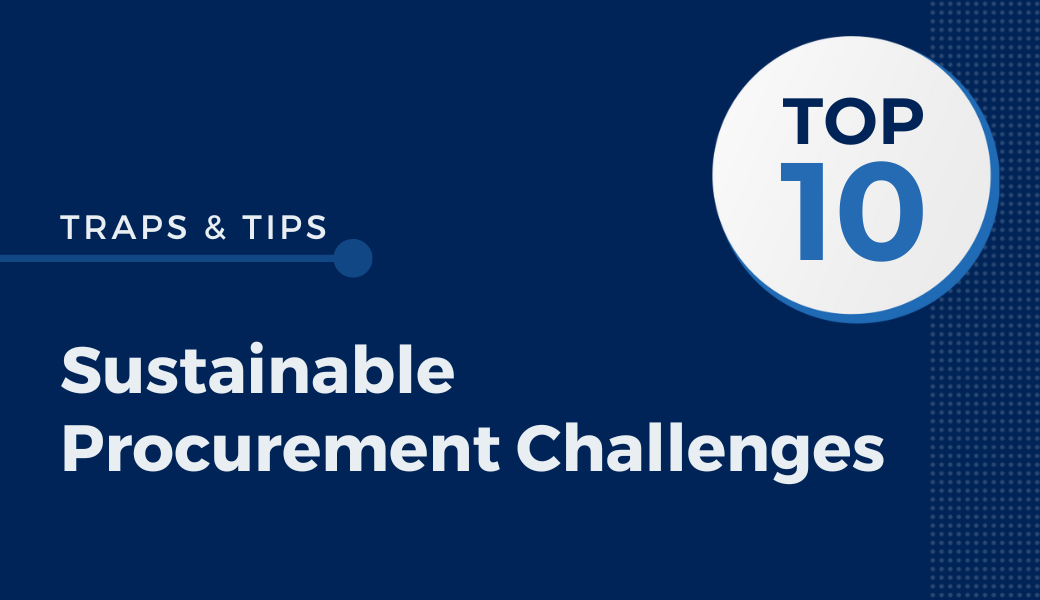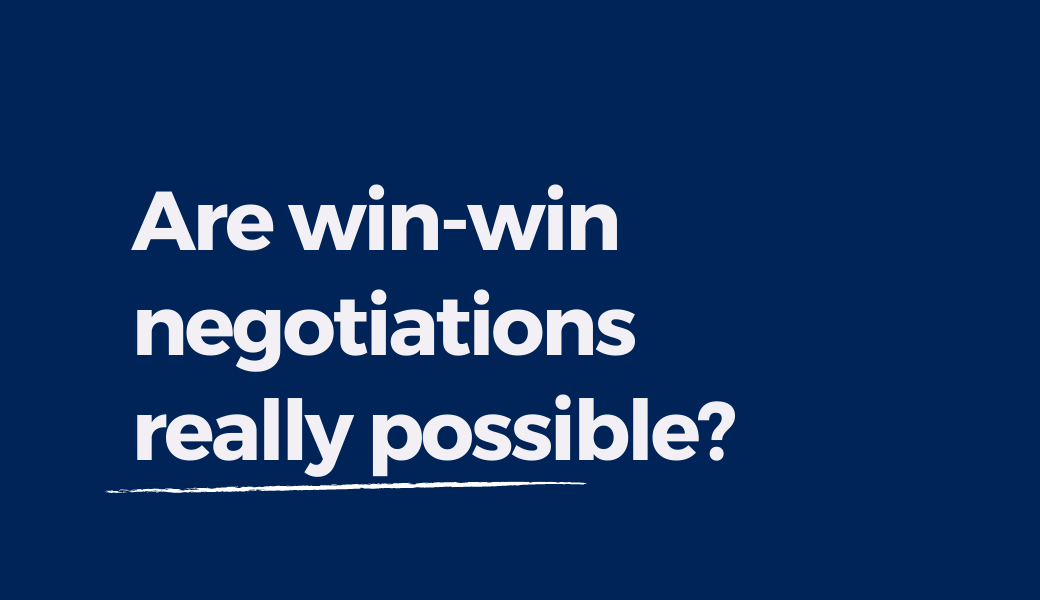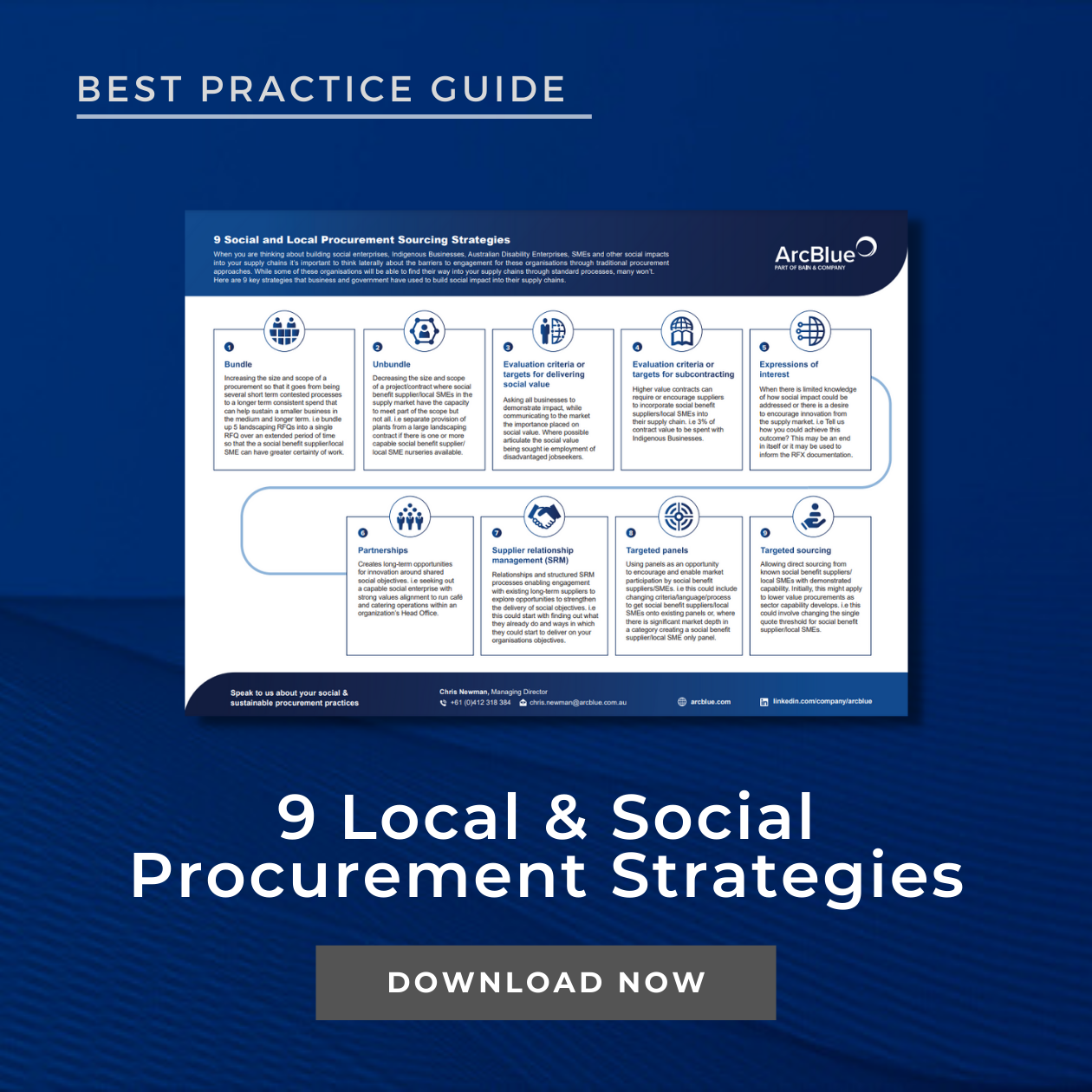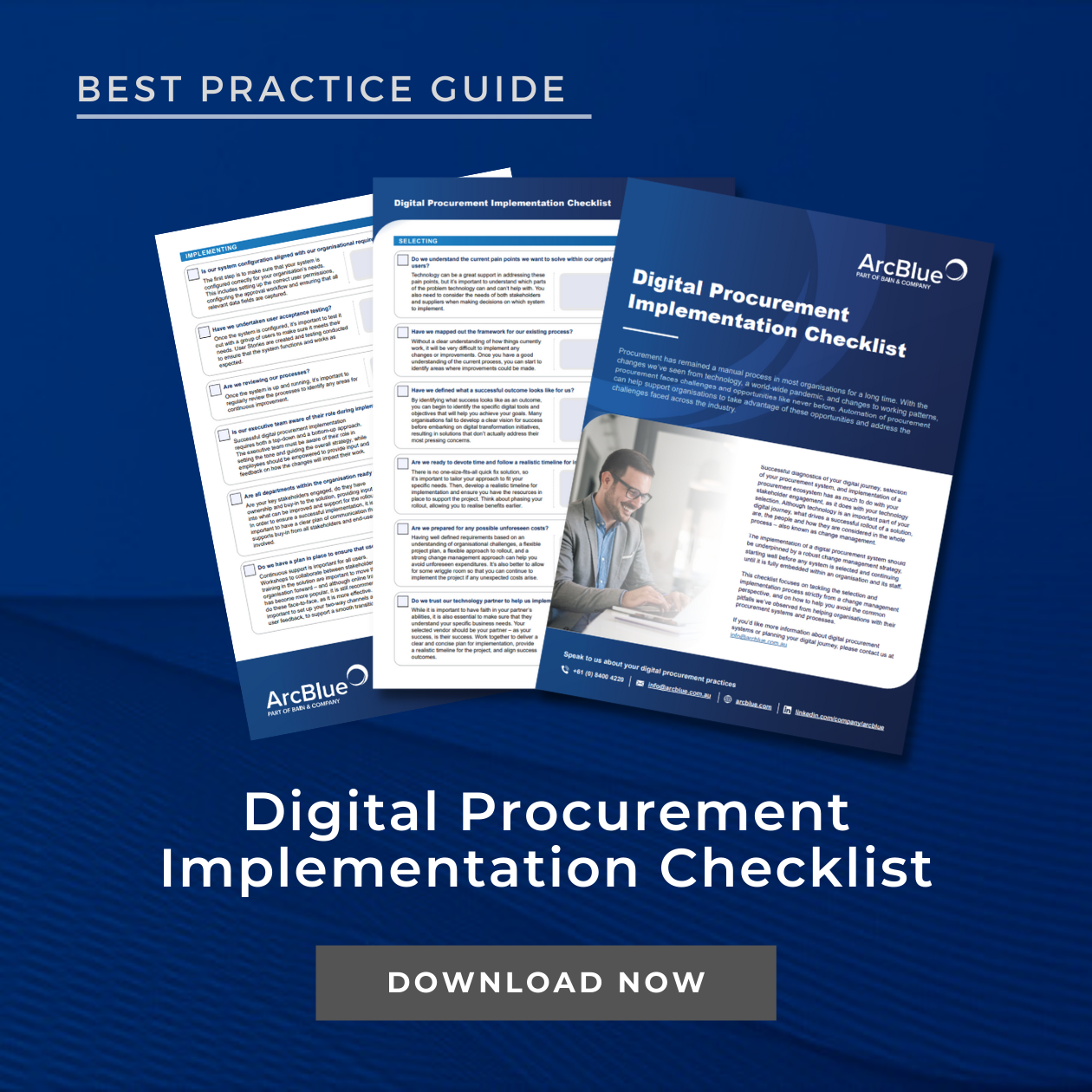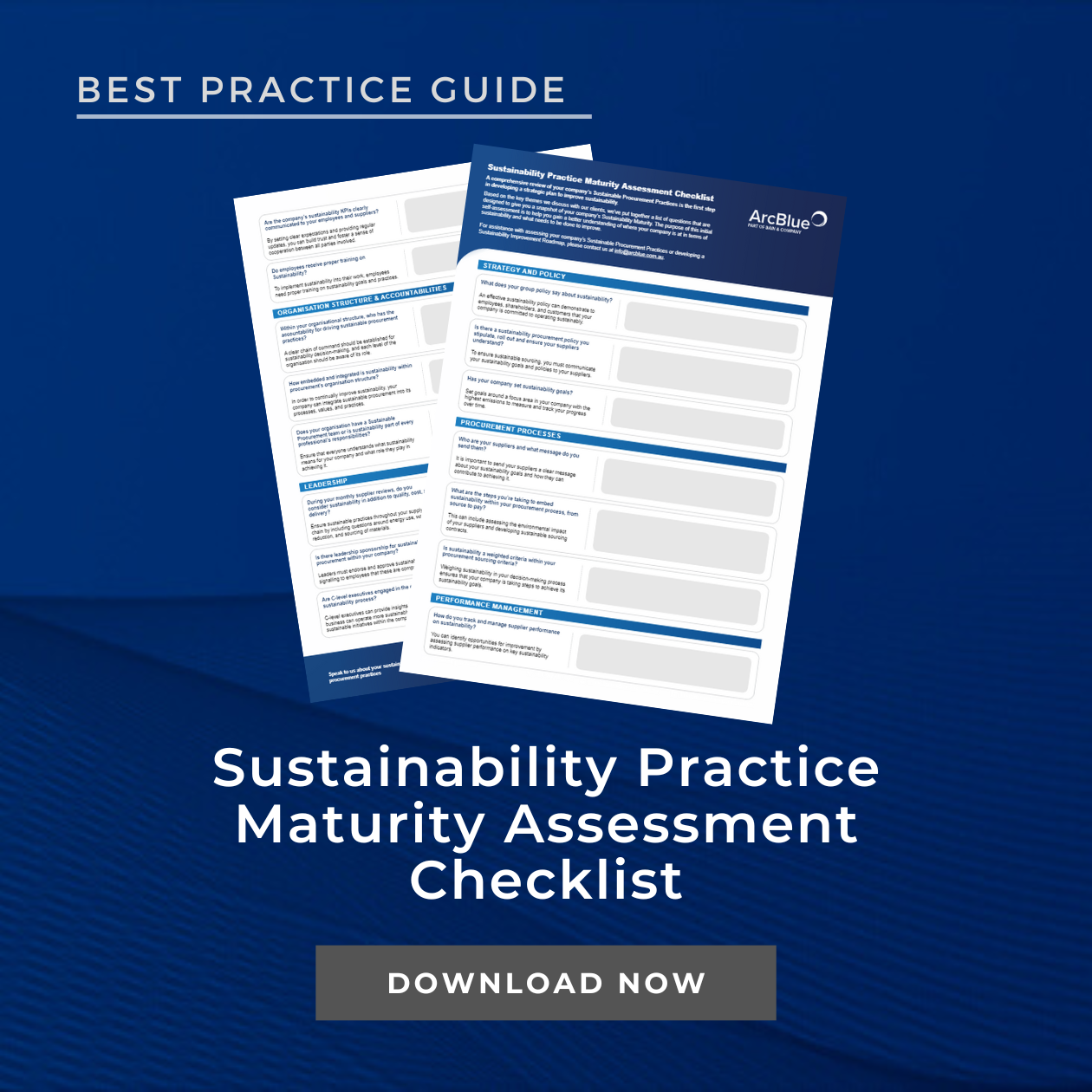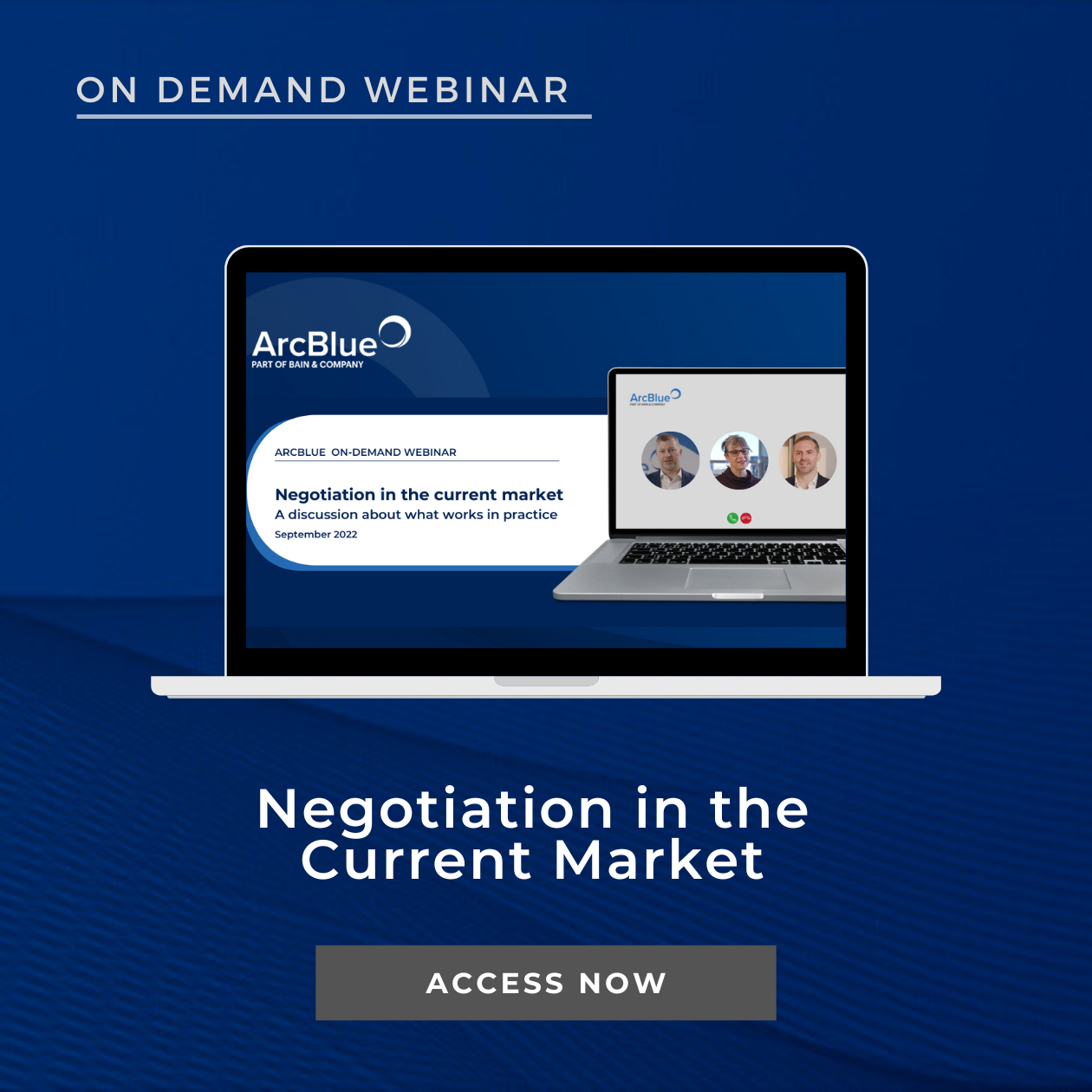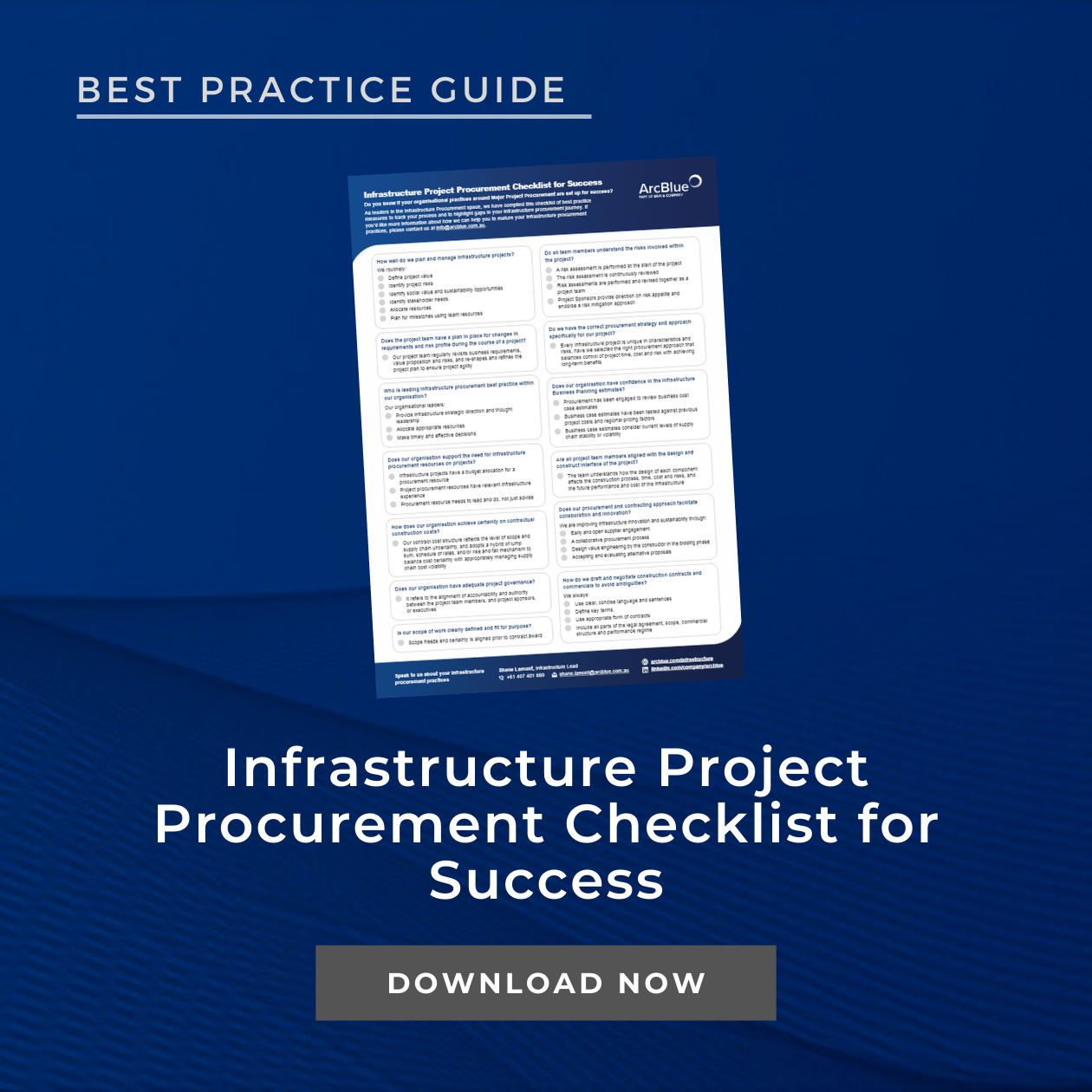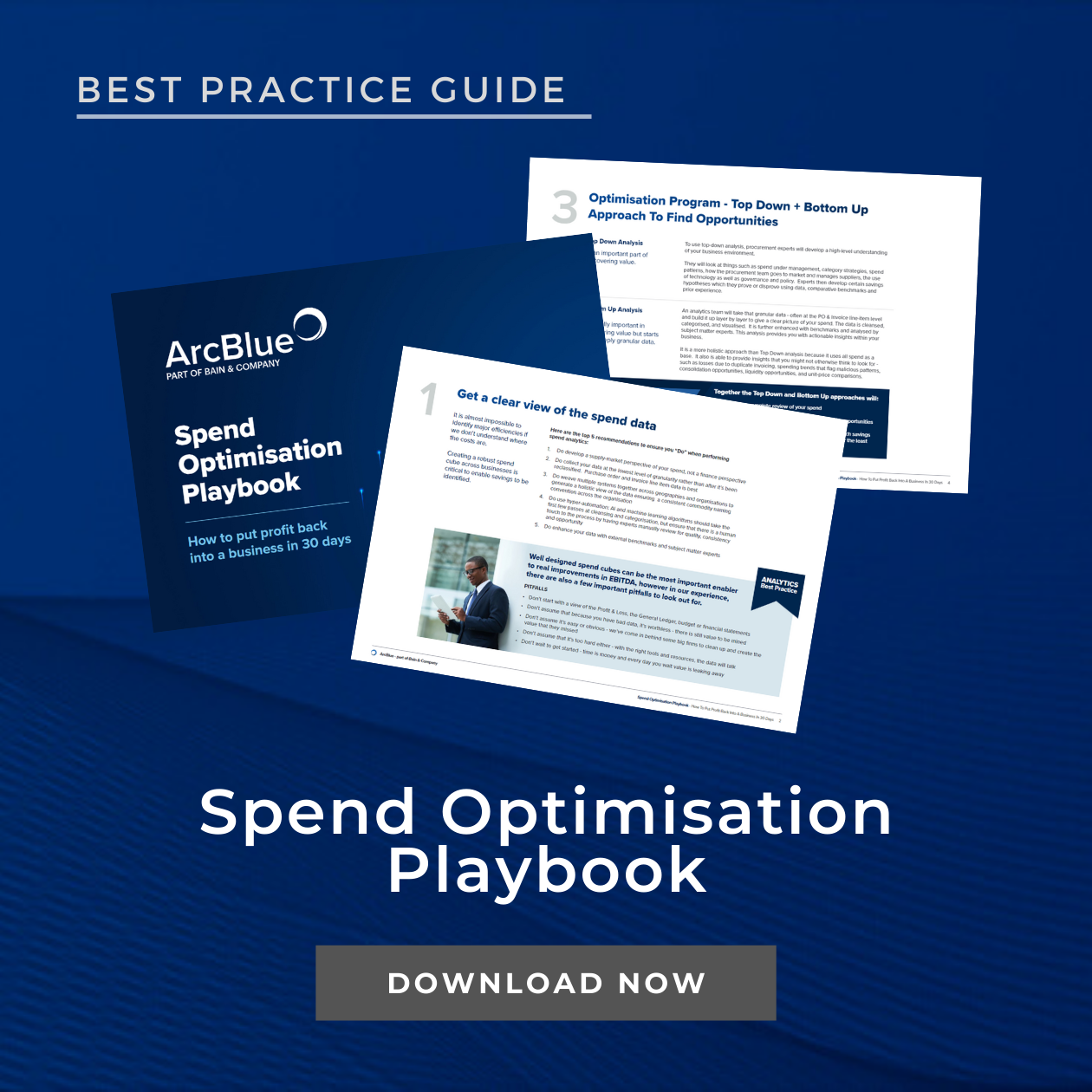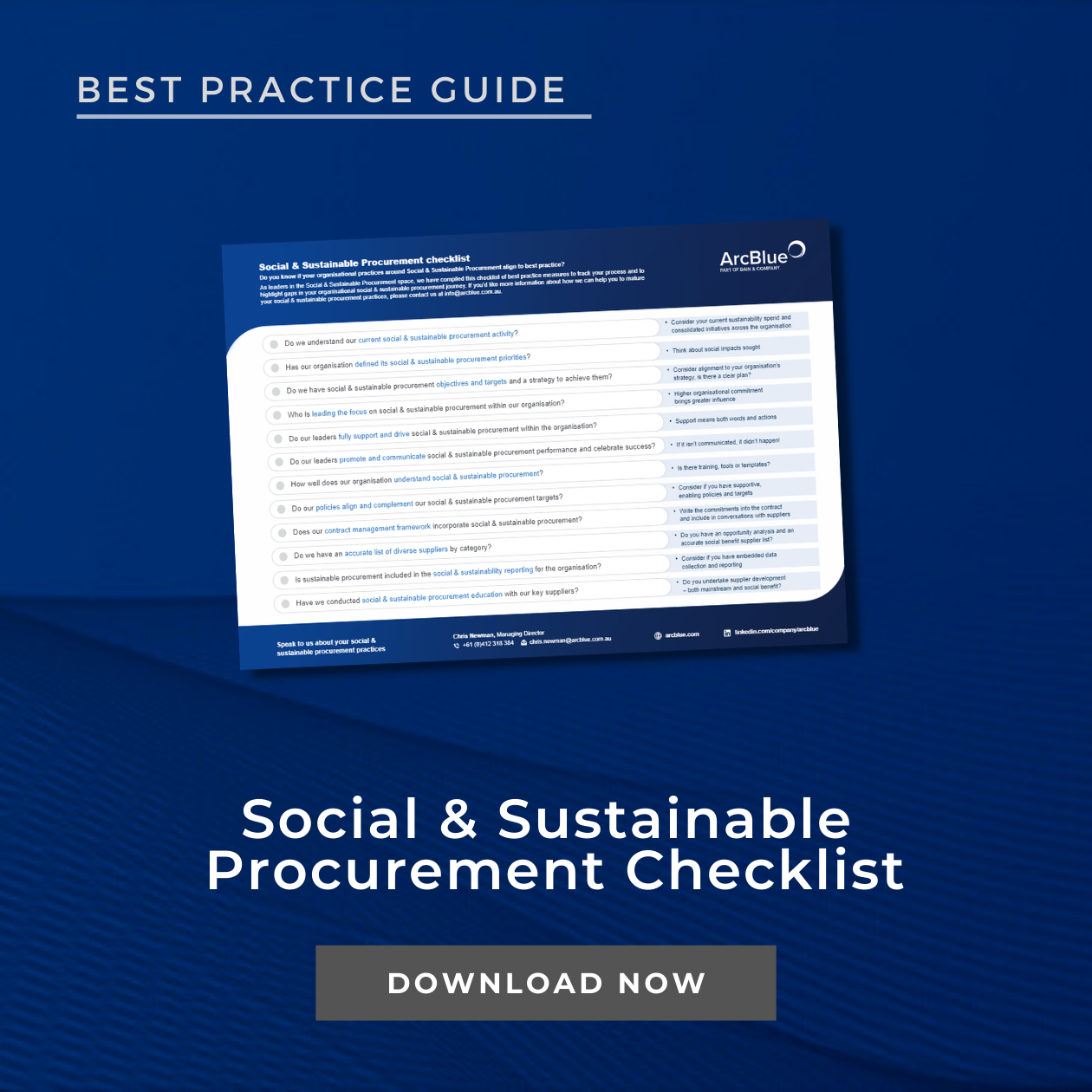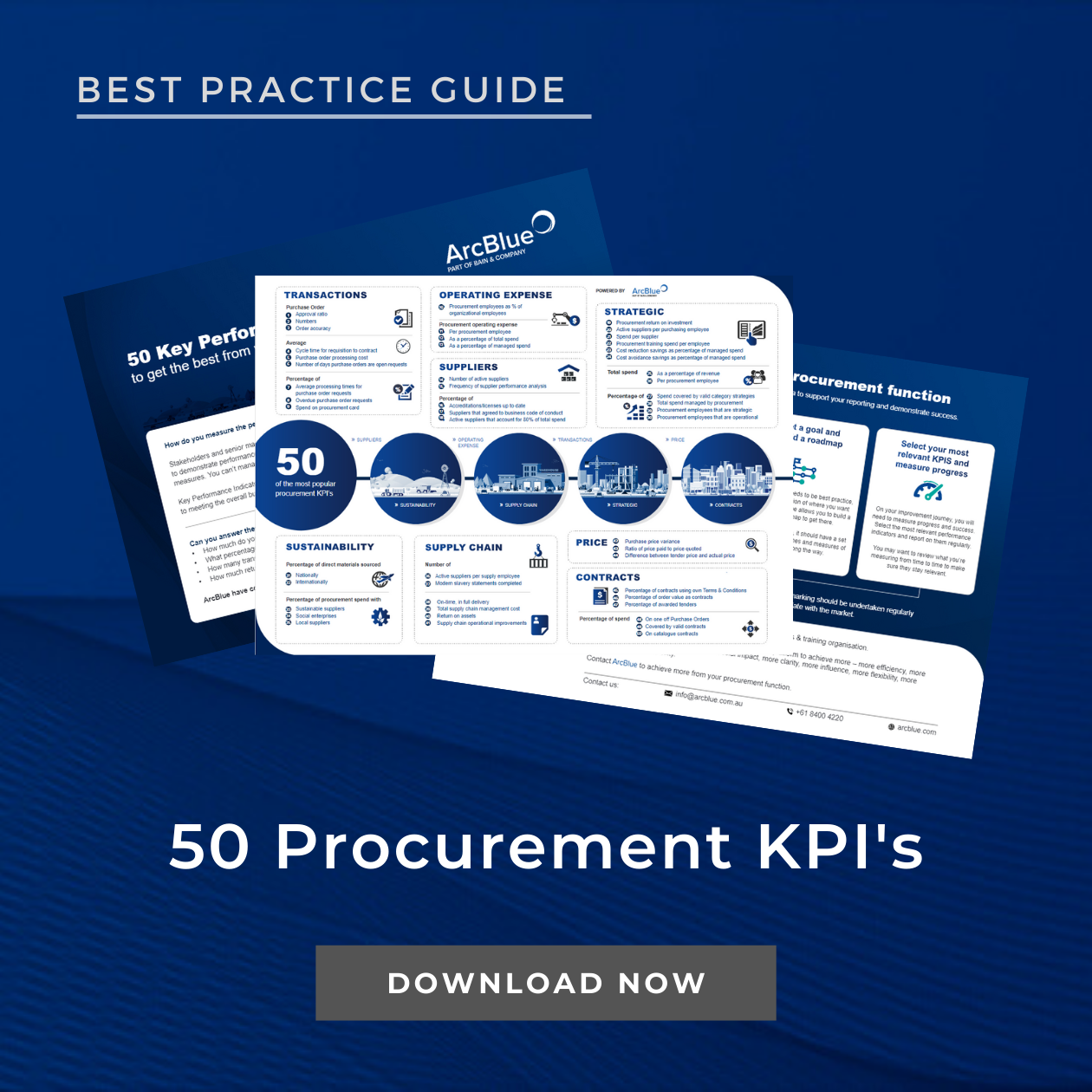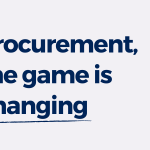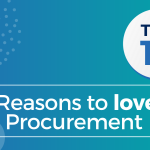- TOP 10 LIST
TOP 10:
Questions to Ask When Choosing A New
eProcurement System
May 2019
Often buyers don’t know where to start, there are myriad systems available and IT is not a common purchase for most. Here are ten questions you can ask to ensure you select the right eProcurement system for your organisation.
For the purpose of this Top 10, eProcurement means P2P, source to contract or contract management. It includes a wide range of supporting services such as eTenderbox, business information systems, supplier qualifications systems or any other support.
There are myriad of systems available and IT is not a common purchase for most. Therefore, people tend to review some platforms that are available when entering the market with a system in mind. Or, they may simply look at several and pick one.
We are Procurement professionals. It is time to return to Procurement 101. The first five questions are standard questions used in all procurement. The last five are questions to ask suppliers in this particular domain.
1 What is our true business need?
Clarify the business need. What business objectives will this capability meet, and what are the minimum requirements to meet them? This will inform the specification.
2 What is my budget?
Remember software has a purchase cost, ongoing license costs and deployment costs.
3 Who are my stakeholders?
You can deploy the best system in the world and still find users reject it. You can implement the same system as another organisation, it works for one, but not the other. There may be a number of differences, however, the key difference is stakeholder engagement. A system deployment, whilst predominantly treated as an IT exercise is really an exercise in change management. Engage your stakeholders and make the solution their solution. That way they will tolerate and fix problems, not reject it at the first sign of difficulty.
4 What are my real risks and who is best placed to manage these?
Some risks should remain with the business, some with the supplier and others may even reside with a third party. Understand the risks, allocate them to those who can manage them, and make sure you monitor them.
5 What are the mandatory aspects of the system?
Now, start to map out your mandatory requirements. If a system can’t meet your mandatory requirements, you don’t want it. Ask the stakeholders to identify these, then filter them down to the true capability, functionality and characteristics you can’t do without.
Now let’s explore the five questions to ask the supply market, although it is difficult, as the importance depends on the type of system, your risks and the type of organisation you are in.
6 What is the development plan for your product?
Why would you ask this? You need to know whether some of the ‘nice to have’ items will be delivered as a natural part of the system roadmap, or will you need to allow funds to pay for these. A software company without a clear development path may be a software company you don’t want to engage.
7 What are the security features of the system?
If you are passing data, you may want to have it encrypted or backed up with mirror sites, in order to protect yourself against hackers. The features depend upon the type of system. An eTenderbox is very time sensitive whilst a contract management system is likely to hold a range of sensitive data but isn’t very time sensitive. Also, consider where data is held (off-shore vs on-shore) as this impacts the laws and access governments have to your data.
8 Which of my systems can you integrate with? How? Have you done it before?
And is this in the cost?
The dream of procurement systems, often unrealised, is to have data passing between them without human intervention. Systems are getting better.
Many systems now expose their Application Programming Interface (APIs), which allows easier and better integration. You will always pay for the integration unless your existing software has integration ability. Give this significant attention – drill down through evasive answers until you have an ironclad agreement.
9 What EXACTLY am I getting?
You would think that a response to a tender would be clear. Unfortunately, in this category, this is not always the case. Be forceful in understanding what is included in the offer – exactly what modules, capability, deployment support and ongoing support will you receive. If it is not clear, consider turning the tables. Ask them to declare what additional costs will be and then ask them to sign an agreement for all other requirements to be inclusive or free. We have attended several instances where the buyer has thought they were getting something and timely intervention and questioning has shown them they were not getting what they thought.
10 How can I be sure it does what I need?
Your process should rarely be a single-step quote or tender. In demonstration steps ensure you set scenarios and have the system providers demonstrate how it manages the problem. Be careful, as they will be keen to demonstrate it on their set data. You may want to provide data that emulates your situation. Demonstrations are the time to avoid being amazed by the bells and whistles, and keep focused on facts and exactly how problems are solved. It will always look simple in the demonstration but remember, once it is deployed, staff will be asking you how it works. If you are not comfortable, keep digging until you are.
Buying a procurement system can be an exciting time for Procurement, however, it is important that you follow your own processes and methods. Make sure you understand the business need, mandatory requirements, what will really deliver additional value, and what your risks are, and make sure the stakeholders are with you all the way.
In this domain, there are significant smoke and mirror tendencies. You must ensure you know and document exactly what will be delivered. Make sure that you understand your part in the project and can deliver it. Data and resourcing will usually be problems for the buying organisation. Make sure you secure the resources you need to deliver the project whilst the business continues functioning.
Just because businesses are moving off a system does not mean it is a bad system. Make sure you understand why. It can be a poor fit, poor deployment, inability to integrate with their software, a strategic alignment with other software, consolidation of business software or any other reason. Discuss this with the vendor and the company moving off the software if you are concerned.
With cloud systems, exposed APIs, real-time data transfer, supplier marketplaces, single sign-on and a range of other developments; procurement software is getting easier to use and delivering more of its promise at a cheaper price. Be aware of the sales tricks and stick to sound procurement practices.
ArcBlue System Selection & Implementation services are designed to enable best practice outcomes, insights and efficiency. ArcBlue experts are well-researched, providing independent knowledge on the latest technology and system capability.
Speak to us to about successfully selecting and implementing your next electronic procurement solution.
INSIGHTS
RESOURCES & DOWNLOADS







